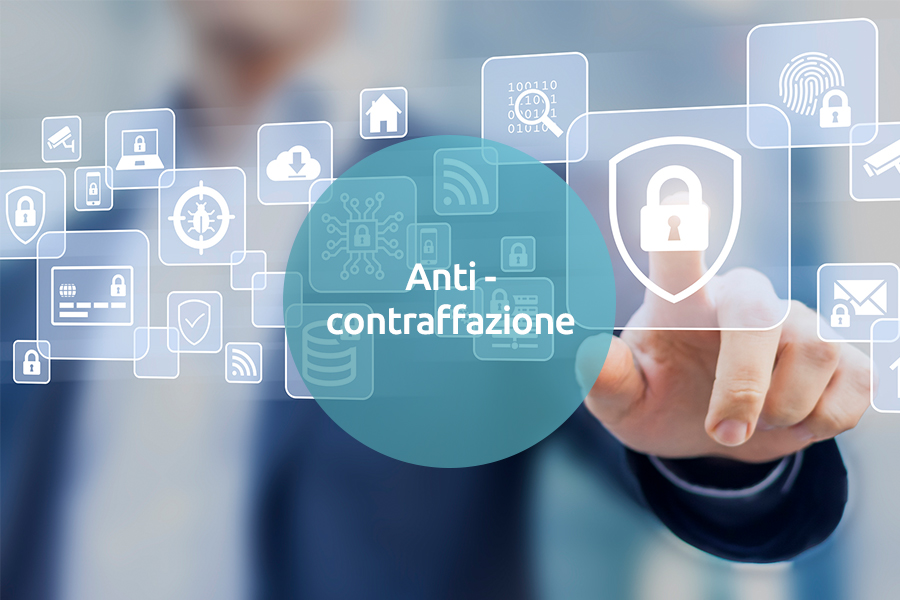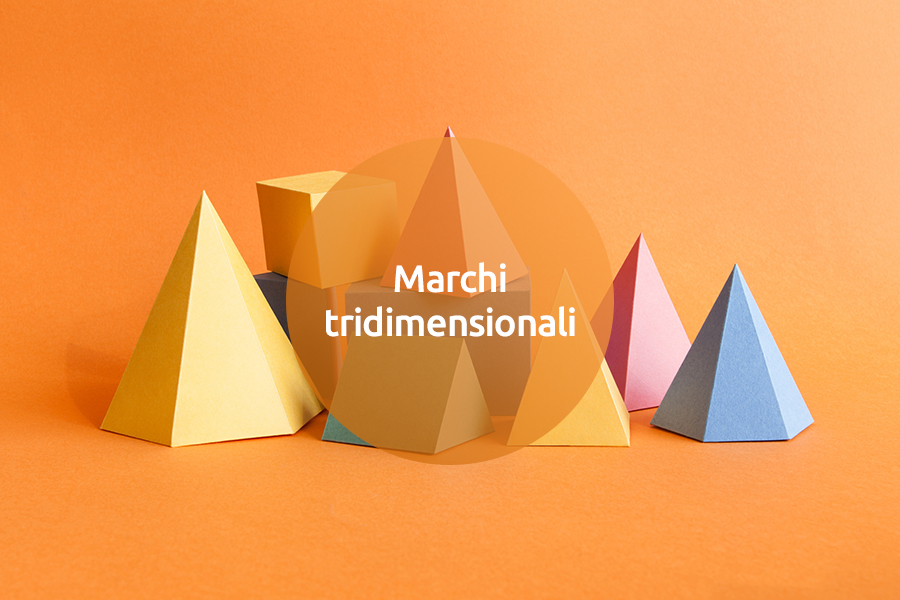For many years Italy has lacked a trademark opposition procedure. Although efforts to introduce such a system have been ongoing for more than five years, implementation finally seems to be close.
Legislative Decree 30/2005, enacted on 19th March 2005, introduced the Industrial Property Code and deals with trademark oppositions in Articles 174 to 184. The Implementing Regulation of the Industrial Property Code, introduced by Decree 33/2010 (13th January 2010, in force 10th March 2010), regulates opposition proceedings in Articles 46 to 63. Legislative Decree 131/2010 (13th August 2010, in force 2nd September 2010) amended a number of the code's provisions, including those relating to trademark oppositions.
The guidelines for trademark opposition proceedings have not yet been issued by the Italian Patent and Trademark Office (UIBM), but they are being finalised and their publication is expected soon. The guidelines will set the official fees and provide the opposition notice form. According to unofficial sources, the UIBM guidelines should be published in either April or May 2011, and the Official Gazette should be available on the UIBM website by the end of May, including applications filed since January 2011.
The opposition procedure in Italy will be open immediately to all classes, in contrast to the phased approach adopted in Benelux and France, where opposition procedures were introduced in stages.
This article looks at the procedure for opposing trademark applications and local designations of international trademark registrations in Italy.
Opposition period
An opposition must be filed within three months from the publication of the national application in the Official Gazette; an opposition against the Italian designation of an international registration must be filed within three months from the first day of the month following that in which the international registration was published in the World Intellectual Property Organisation Official Gazette. The opposition period cannot be extended past this three-month period.
Entitlement to file an opposition
In Italy, an opposition can be filed by:
- The owner or exclusive licensee of an earlier trademark application or registration with effect in Italy against an identical or similar trademark for identical or similar products and services.
- Persons, entities and associations listed at Article 8 of the code, which regulates the registration as a trademark of portraits, names or signs corresponding to or including names, portraits and well-known signs owned by such persons, entities and associations.
Opposition cannot be based on earlier unregistered trademarks, company names, domain names or reputed trademarks registered or applied for dissimilar goods, as these rights can be enforced only in court proceedings.
Notice of opposition
The opposition notice must be filed in Italian and must identify the following:
-
The applicant, filing date and application number of the opposed application.
-
The goods and services against which the opposition is directed.
-
The opponent’s name.
-
The earlier mark on which the opposition is based and its number and filing and Registration dates.
-
A copy of the earlier mark.
-
The classes of product and service covered by the earlier mark.
-
The grounds of opposition.
If the opposition is based on earlier rights set out in Article 8 of the code, the notice of opposition must specify the earlier rights and indicate the lack of consent. The payment receipt for the official opposition fees must be attached to the opposition notice
Cooling-off period
If the notice of opposition is found to be admissible, within two months of the opposition term the UIBM will notify the applicant of the opposition and inform both parties of the possibility of entering into the cooling-off period, which is designed to allow the parties to explore an amicable settlement. The cooling-off period lasts two months, but can be extended at the mutual request of both parties and can last up to one year.
Adversarial stage
If the parties do not reach an amicable settlement, the opposition procedure will begin. Within two months from the expiry of the cooling-off period, the opponent shall submit the following documents:
-
A copy of the filing or registration certificate of the earlier mark on which the opposition is based (if is not an Italian application or registration) and its Italian translation.
-
The documents supporting the observations and proving that the opponent is entitled to file the opposition.
-
The power of attorney (if the opponent is represented by an attorney).
In opposition proceedings before the UIBM the applicant may ask the opponent to prove the use of the trademark registration on which the opposition is based, if it was registered more than five years before the date of publication of the opposed application. The request for proof of use can be filed only in the first reply. The opponent has a term of 60 days from receipt of the UIBM notification to submit evidence of use. If it fails to do so or if the evidence is found to be insufficient, the opposition is rejected. If the opponent shows use for only some of the goods and/or services on which the opposition is based, the earlier mark is considered to be registered – for opposition purposes – only in respect of the goods and services for which use has been effectively shown. The UIBM shall communicate the observations and documents filed by one party to the other, granting a term in which to submit the observations in reply.
If the applicant limits the list of goods and/or services, the UIBM will inform the opponent accordingly, granting a term within which the opponent shall communicate whether the opposition is maintained with respect to the remaining goods and/or services, or withdrawn. At the end of the adversarial part of the proceedings, the UIBM issues a decision, which must be rendered within 24 months of the date of filing of the opposition, not including possible suspensions of the opposition proceedings.
The apportionment of the costs of the proceedings is determined by the UIBM in the decision; professional representation costs cannot exceed €300.
Appeals
The UIBM’s decisions on the opposition and its admissibility can be appealed before the Board of Appeal within 60 days of the date of receipt of the decision.
Decisions of the Board of Appeals can be further appealed before the Court of Cassation, but only in respect of points of law.
Considerations
The opposition procedure before the UIBM has been designed to mirror the opposition procedure before the Office for Harmonisation in the Internal Market (OHIM); however, there are some conspicuous differences. For example, the grounds for opposition must be filed together with the notice of opposition within three months of publication of the opposition application, rather than after the cooling-off period as before the OHIM. This choice will not give the parties the possibility of first exploring whether they can settle the matter amicably without immediately incurring the costs of drafting and filing the opposition grounds. However, it is hoped, if not expected, that the UIBM will ultimately decide that the opposition grounds be filed within two months from the expiry of the cooling-off period, rather than immediately alongside the notice of opposition within the opposition term. The second key difference from the OHIM system is the possibility of lodging oppositions only on the basis of earlier registered and/or applied rights against identical or similar trademarks for identical or similar goods. So, the only route open to owners of unregistered trademarks, domain names, company names or reputed trademarks registered or applied for dissimilar goods and services remains the filing of a cancellation action before the national courts.
Nevertheless, the new opposition procedure is a welcome tool for the resolution of conflicts between trademarks, and provides ample room for amicable settlement. At the same time, it constitutes an accessible and quick system to take action against similar trademarks, which will certainly be beneficial to trademark owners.





